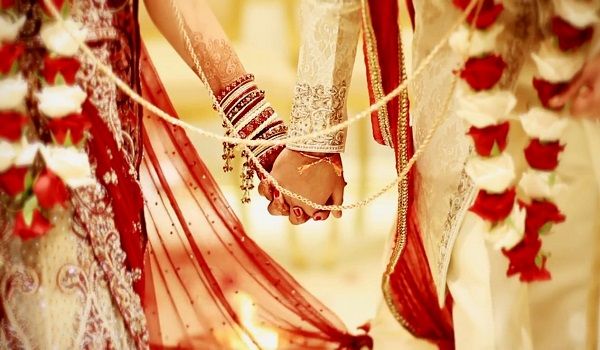Traditional Hindu Marriage Ceremony, Rituals, Significance & Facts
Marriage is most important part in everybody’s life. Marriage means combining two souls into one. There is much importance for marriages. There is huge respect for Indian marriage system in the world. Especially Hindu marriage systems are having huge value and respect in the world. So here we will discuss about the Traditions, Ceremony, Significance and Rituals of Hindu marriage system.
Hindu Marriage is a ceremony uniting two souls as instructed by Vedas, the sacred scripture of Hindus. Marriage motivation is to give an identity for man and woman as a couple and empowering their rightfulness in the society. There is a procedure for a marriage; we need to follow one by one. Here I am going to explain about a traditional wedding which starts from Mehandi and ends with post wedding ceremony.
Mehandi: Mehandi is a conventional pre wedding ceremony. A few days before the marriage a Mehandi function will be organized usually by the bride family which happens within the presence of friends, relatives and family members.
After few days of Mehandi function we will enter into actual marriage. Here we will focus on marriage day formalities.
Welcoming Groom: When groom arrives to the wedding place with his family and friends, he is welcomed by the Bride’s mother and father first with an Arathi (Few people calls Harahi also). Then the marriage rituals will begin at the Kalyana Mandapam (or Marriage Mandapam).
Marriage Mandapam: The groom and bride will meet each other at the Mandapam, and then the priest starts the wedding ceremony. The grooms stand facing the west and the bride sits in front the facing the east. The priest conjures the favour of god for the couple to be married.
Kanyadanam: Kanyadanam is a loyal custom viewed as extremely auspicious in Hindu religion where brides father (guardian if father has died) hand over his daughter to the groom. This denotes the giving bride away to the groom. The groom promises to father of the bride that he will help her daughter in understanding three finishes Dharma, Artha, and Kama. Then groom shall repeat this for three times.
Mangalasutra: The groom ties the Mangalasutra (thali) around the neck of the bride establishing bride as his wife and then groom keeps Sindoor in front hair of the bride that marks bride as a married women.
Marriage Homa: To seek god’s blessing the holy fire function will beguine by putting rice, ghee, sugar, wooden pieces and other few things. The groom and bride tie their pieces of clothing in a knot. The married couples go round the fire three times chanting Vedic mantra. Groom and Bride touch each other’s heart and pray for prosperity and good fortune.
Panigrahana: In Panigrahana ritual Bride will sit in front of groom facing east and groom stands in front of her facing west, groom holds brides and chants few Vedic mantra. In this ritual father is handing over the responsibility of his daughter to the groom and groom promises for bride’s father to take responsibility of his daughter thereafter.
Saptapadi: The Saptapadi ceremony begins with a prayer by the priest after that couple of vows, the groom and bride make to each other which concludes their union is forever.
Blessings: The couples are blessed by their parents, relatives and that entire family member who have assembled for the wedding by showering the akshatha or flowers to the married couple and bless them for healthy and prosperous married life.
Post wedding Ceremony: Post wedding there will be a reception celebrations organised by the couple parents (usually it will be bride’s parents). Reception parties are seen as grand celebrations with lot of entertainment, super dance and a dinner. After finishing these formalities they will go to groom family. After finishing their 15 days, there will be a small puja on 16th day of marriage which indicates that is the final step of a marriage. This will be held at Groom house in between their two families and few near and dear will attend.
These are the most important marriage ceremony traditions (rituals) following in Hindu Marriages. There may be small changes or differences between community to community and place to place. But it reflects the overall Hindu marriage system in India.


